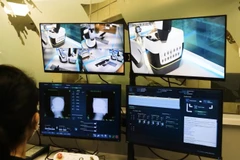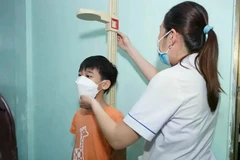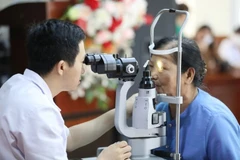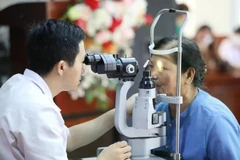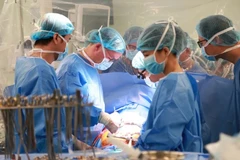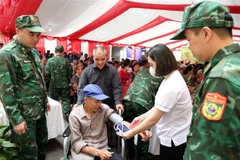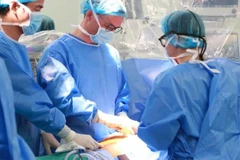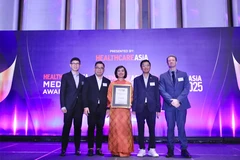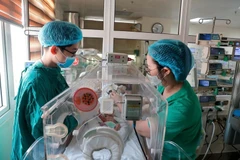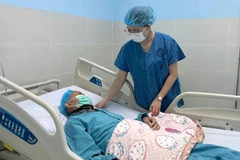She made the statement in Hanoi on November 26 at a nationalconference held by the Ministry of Health and the United Nations Officein Vietnam to review the country’s implementation of healthcareMDGs.
Deputy Health Minister Nguyen Viet Tien saidthat over the past decade, Vietnam has actively responded to the UNMillennium Declaration to ensure people a better future.
Five out of eight healthcare MDGs concerning nutrition, mother andchild wellbeing, HIV prevention, Tuberculosis and malaria, clean waterand environmental assurance are on the itinerary of many countries,including Vietnam .
The country has innitial early successes in reducing poverty and improving the health of mothers and children.
Maternal mortality has dropped considerably in the last two decades,from 233 per 100,000 live births in 1990 to 69 per 100,000 live birthsin 2009. Infant mortality rate has fallen from 44.4 per 1,000 livebirths in 1990 to 14 per 1,000 live births in 2011.
Vietnam has made many efforts to prevent HIV/AIDS, with 19,500 newcases in 2011, down 30.1 percent compared with 2001’s figure.
However, Vietnam still faces many obstacles. Regional andpopulation group inequality as well as the rate of malnourished childrenremain high, at 32 percent nationwide.
Vietnamshould approach overall healthcare, popularise essential healthservices, improve nutrition and prevent HIV, especially for poor people,ethnic minorities and vulnerable population groups, suggested the UNresident coordinator.
Vietnam has some way togo in improving the skills of medical staff to supply basic healthcareservices, and develop a national insurance system.-VNA
